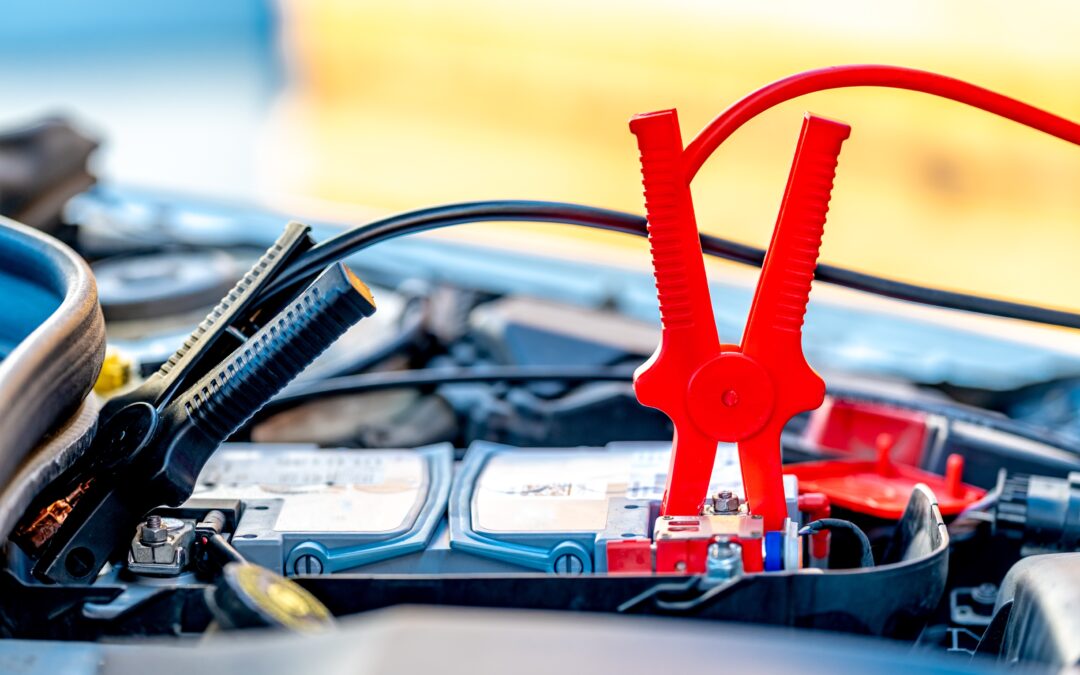Warm weather might be perfect for weekend getaways and family drives, but your vehicle’s battery does not share the same enthusiasm. High temperatures often go unnoticed as a threat, yet they are one of the top culprits behind battery breakdowns during the summer season. In this month’s blog post, we break down how heat impacts your battery, what symptoms to watch for, and steps you can take to avoid being left stranded.
How Rising Temperatures Affect Battery Health
Once the mercury climbs above 90°F, internal battery fluid begins to evaporate more rapidly – especially in older models. This can lead to corrosion on internal parts and reduced charging capacity. Ironically, while heat speeds up chemical processes inside the battery, it also shortens its overall lifespan.
Red Flags Signaling Battery Failure
Be alert for the following indicators of battery distress:
- Sluggish engine starts
- Bulging or misshapen battery casing
- Dim lights or flickering infotainment features
- Illuminated battery warning indicator on your dashboard
Easy Battery Care Tips You Can Do Yourself
With just a few preventive steps, you can help extend the life of your battery:
- Keep battery terminals clean and free of corrosion
- If applicable, check fluid levels
- Ensure the battery is securely mounted to minimize vibration
- Park in cooler areas whenever possible
- Schedule regular battery performance checks – many retailers offer complimentary testing
Time to Replace?
A battery over three years old could be nearing the end of its reliable service life – especially if it’s showing any of the warning signs listed above. Replacing it before a summer road trip can save time, hassle, and unexpected towing expenses.
If you are not sure how old the battery is or how it’s performing, consider a professional inspection sooner rather than later. If you would like to have your battery tested or replaced, contact the service professionals at Campus Repair to schedule an appointment.

